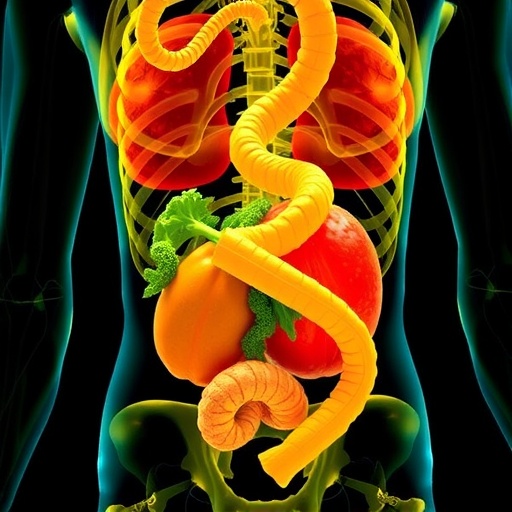
In a study from Uppsala University, published in the American journal JAMA Cardiology, the fatty acid linoleic acid (Omega 6) in subcutaneous adipose tissue was linked to lower mortality among older men followed over a 15-year period.
A high proportion of linoleic acid in adipose tissue largely reflects a high intake of various vegetable oils, as this study also demonstrated. The findings may further indicate that an excessively low intake of polyunsaturated fatty acids increases the risk of (premature) death. However, no clear correlation could be established with mortality from cardiovascular disease. This study is the largest yet conducted examining the association between specific fatty acids in adipose tissue and the intake of these fatty acids. The study is also the largest forward-looking study to have analysed the associations between fatty acids in adipose tissue, cardiovascular disease, and mortality from all causes.
The question of what type of fat food should contain has been hotly debated. According to current dietary guidelines, food should contain a relatively high proportion of unsaturated ¬- including ‘polyunsaturated’ – fatty acids. One difficulty in dietary studies is finding a reliable method of measuring dietary intake, particularly over an extended period. Measuring the fatty acid composition of adipose tissue can therefore make a valuable contribution to our knowledge about the association between diet and disease. The composition of adipose tissue provides an objective reflection of the average fat intake in recent years, particularly of fatty acids that the body cannot produce itself, such as the Omega 6 fatty acid linoleic acid derived from vegetable sources. Linoleic acid occurs in sunflower, rapeseed and other vegetable oils, in soft table and cooking fats (margarine), nuts and seeds.
In the population-based study ULSAM (Uppsala Longitudinal Study of Adult Men), adipose tissue biopsy specimens and blood samples were taken from 853 men at the age of 71 years. At about the same time, the men in the study were asked to fill in a food diary over a period of seven days. Many of the men underestimated their intake of energy and fat. Disregarding the men who reported most inadequately, a clear correlation was evident between the proportion of linoleic acid in adipose tissue and the food diaries. Somewhat weaker correlations were observed between fatty acids in the blood and reported intake, while strong correlations were observed between adipose tissue and blood for most fatty acids. Overall, the findings indicate that the proportion of polyunsaturated fatty acids in adipose tissue reflects the individual’s intake of these fatty acids over the long term, and this appears to be particularly true of linoleic acid, which is the most common polyunsaturated fatty acid. With regard to Omega 3 fats, however, this study showed no clear association with a risk of cardiovascular disease or mortality.
After taking statistical account of a number of known risk factors for cardiovascular disease, no clear correlations with cardiovascular disease were observed for any fatty acid (251 deaths during a 15-year follow-up period). However, for total mortality (605 deaths) a correlation was seen, with a higher proportion of linoleic acid in adipose tissue being associated with a ten per cent lower risk of death. Linoleic acid is known to reduce the content of bad cholesterol in the blood, but the study cannot answer the question of whether this is the explanation for the association with reduced mortality.
The study is unique in measuring various fatty acids in adipose tissue among a large population of older men, followed over an extended period of time.
‘Even though the study cannot prove any causal connection, the findings nevertheless support current dietary advice to replace some hard fats in the diet – namely, those with a high proportion of saturated fatty acids – with softer fats, e.g. vegetable oils with a high proportion of unsaturated fatty acids,’ says David Iggman, a physician and researcher at the Clinical Nutrition and Metabolism Unit at Uppsala University.
###
Iggman D, Ärnlöv J, Cederholm T, Risérus U. Association of Adipose Tissue Fatty Acids With Cardiovascular and All-Cause Mortality in Elderly Men. JAMA Cardiology. 2016:1(7):1-9.
Media Contact
David Iggman, M.D., Ph.D.
[email protected]
46-738-181-182
@UU_University
http://www.uu.se
The post Polyunsaturated fat in adipose tissue linked to lower mortality appeared first on Scienmag.




